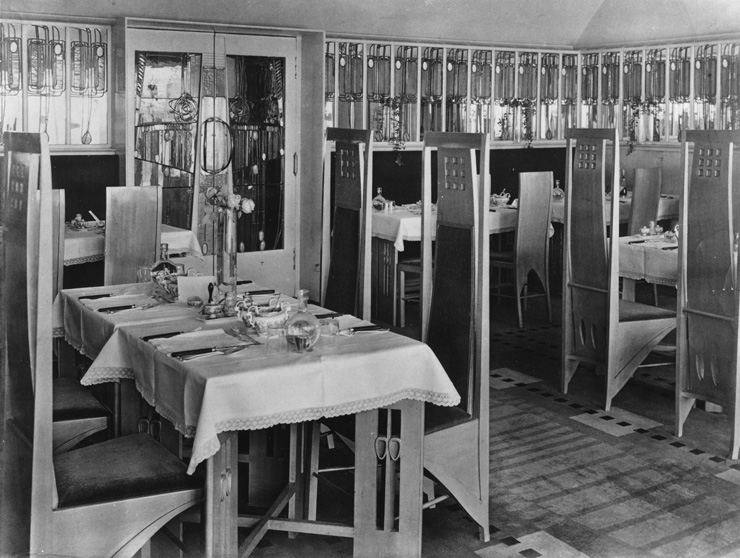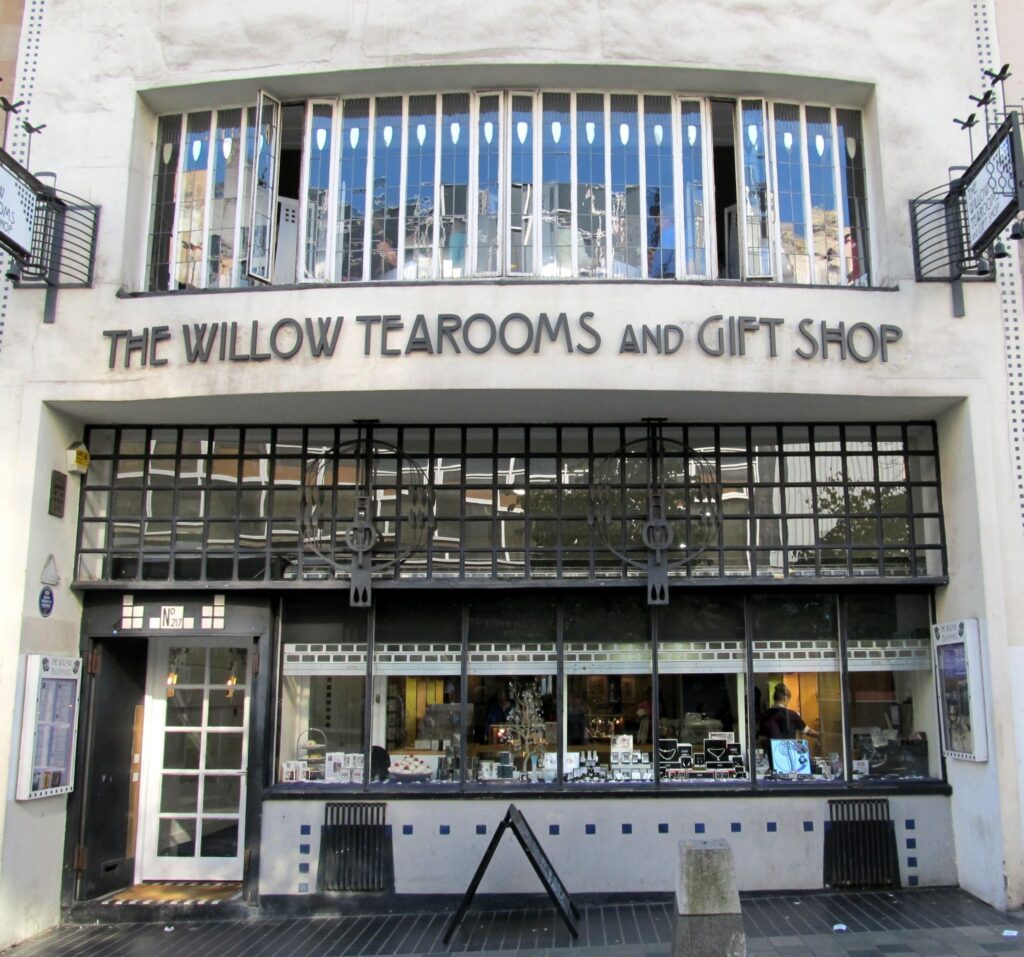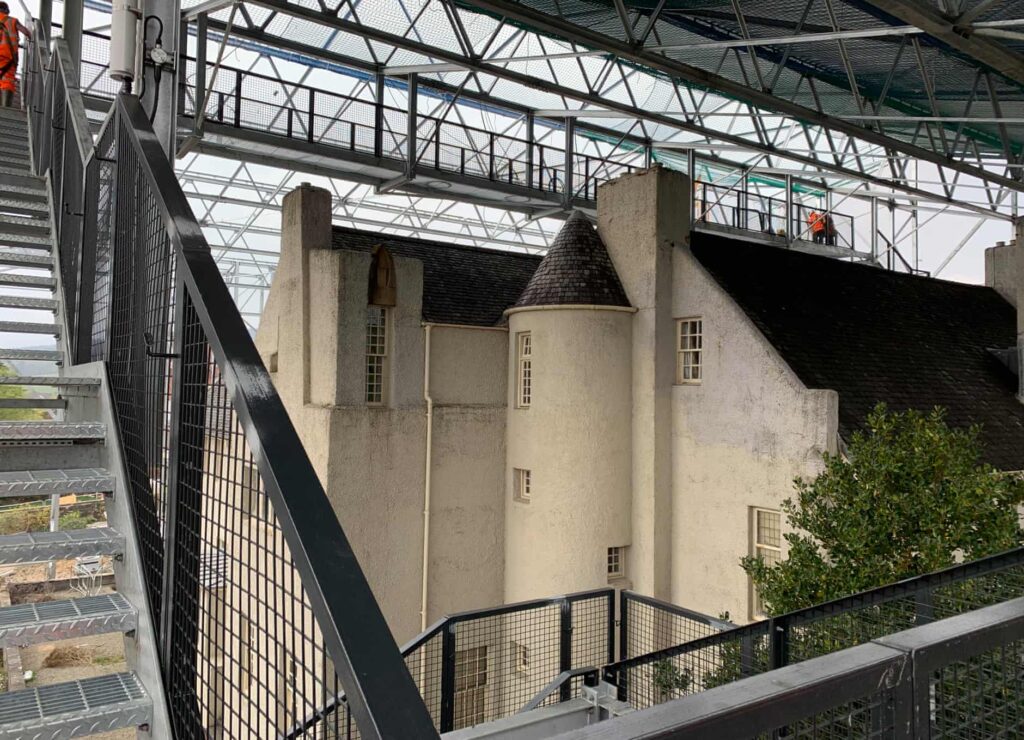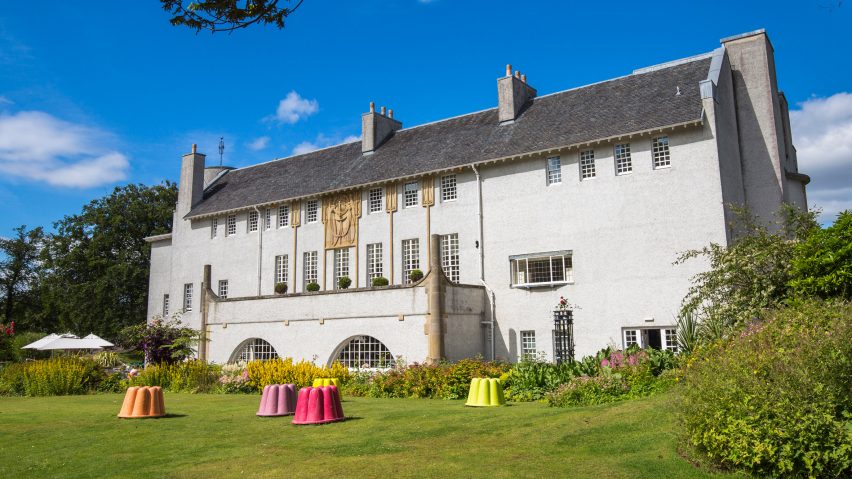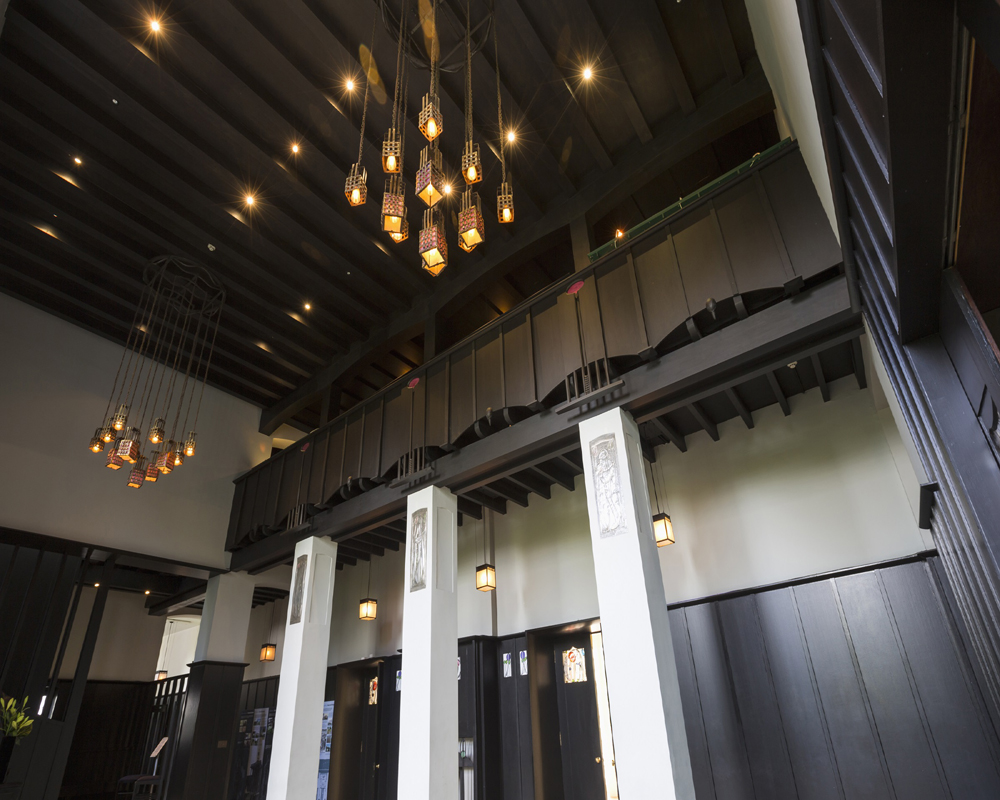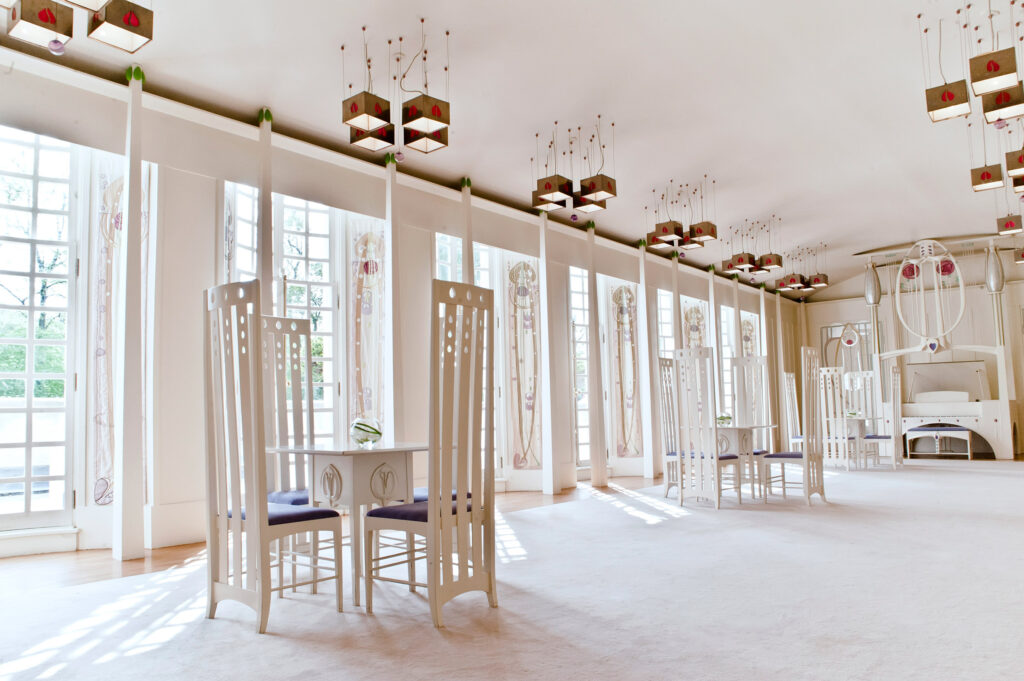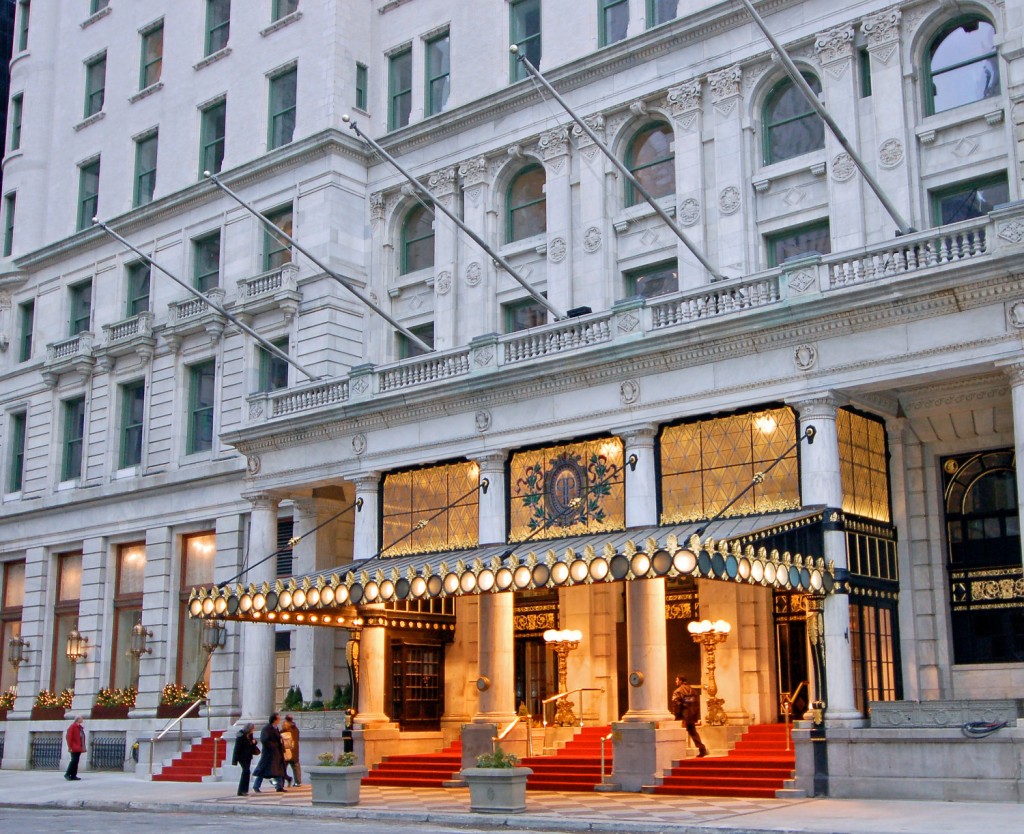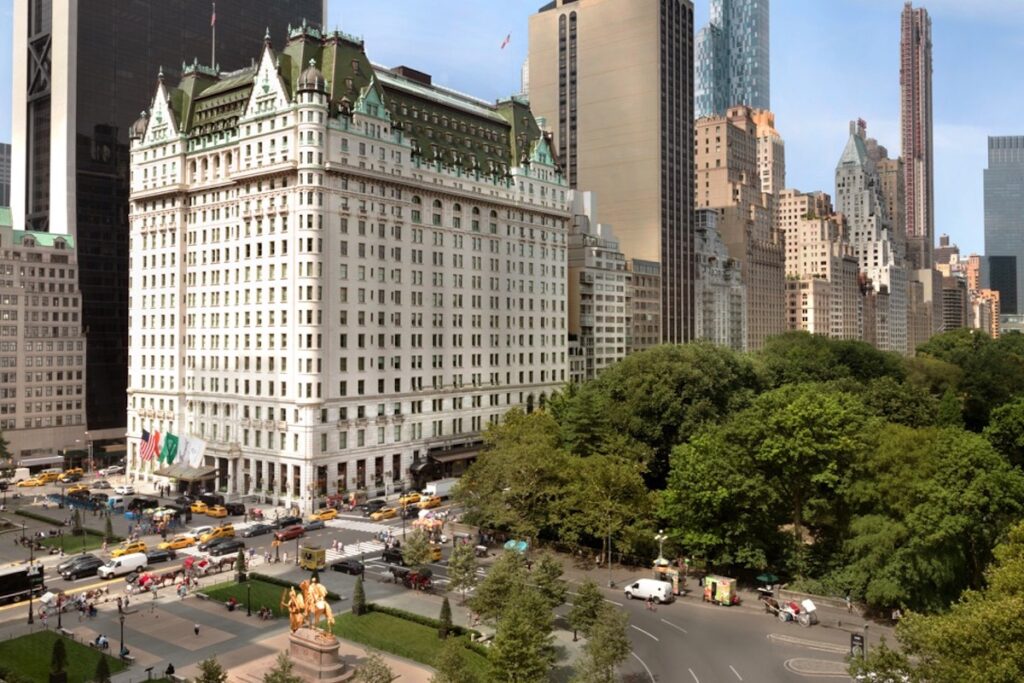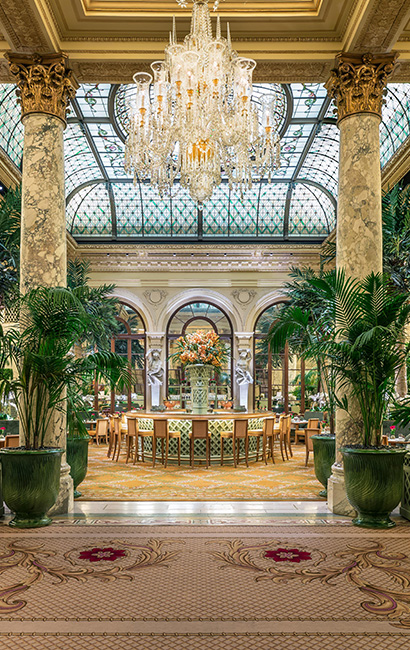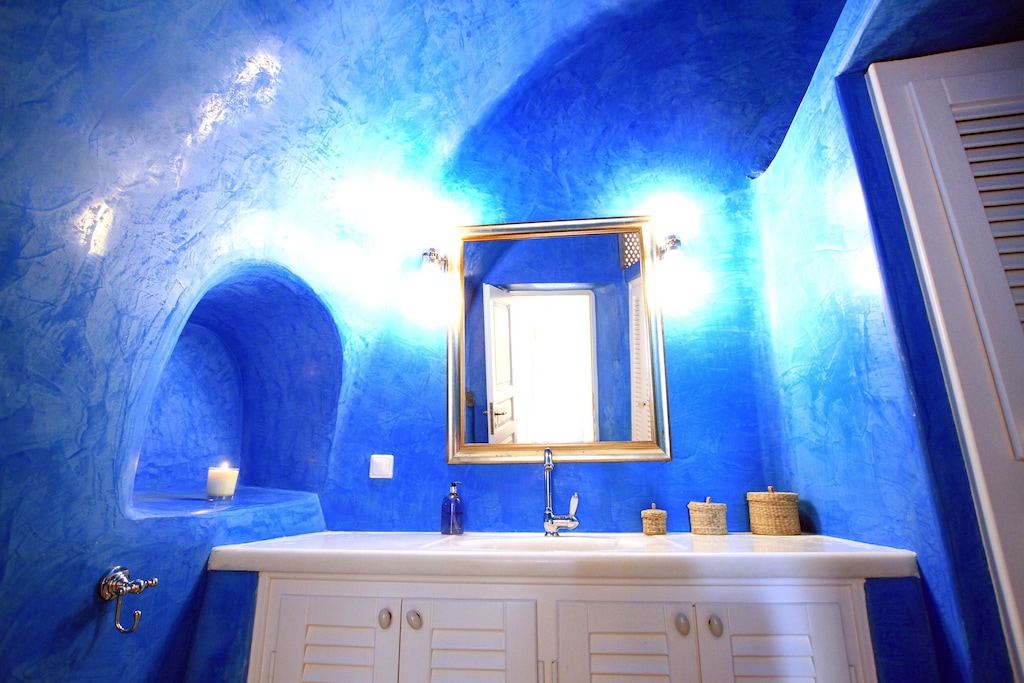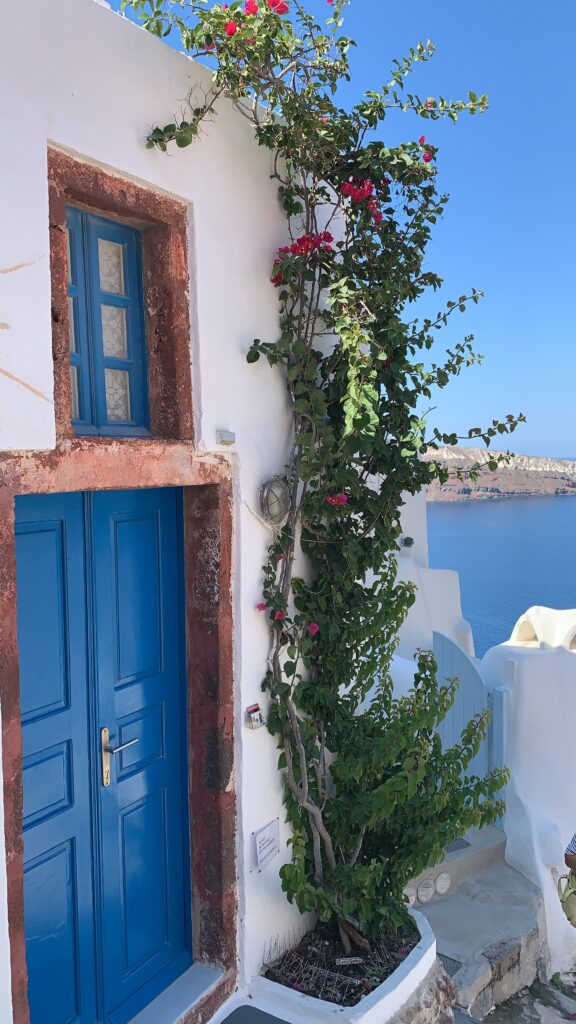Charles Rennie Mackintosh continued his aesthetic movement of Gesamtkunstwerk, meaning “total work of art”, when he was commissioned to design the Willow Tea Rooms in 1898.
To provide background, tearooms were a place to socialize and enjoy a light meal of tea and finger foods. The caveat was that these tearooms were strictly for men. Catherine Cranston wanted to make a place where women could enjoy the freedom of leaving the house and experiencing the same social possibilities. In order to do so, Cranston commissioned Mackintosh to design the Willow Tea Rooms. This project would bring a respectable activity to Glasgow.
This project began in 1903 with the remodel of 217 Sauchiell Street. This was a 4 story building on one of Glasgow’s most popular shopping streets. the location was fitting for the crowd that Cranston was trying to attract. The front of the building was moved back from the street and bay windows were added. The smooth, white exterior of the Willow Tea Rooms exhibits the elegance of the establishment.
The inside of 217 Sauchiell Street held many tea rooms with differing purposes. There were both male and female distinct social rooms. Mackintosh contrasted the dark and informal men’s tea rooms with a formal, delicate environment for ladies’ tea rooms. On the ground floor was a general ladies’ tea room. This room was adorned with accents of white, silver, and rose, and had vaulted ceilings. Upstairs was the Room de Luxe, a more exclusive ladies’ tea room and gallery. It was here that Mackintosh created his famous high-backed chair. The Room de Luxe exuded luxury, as it was colored with rich hues of pink, white, and grey. The levels of the building resemble the hierarchy of society, which continues to tell a story to visitors today. In 2019, the Willow Tea Rooms won RICS Award for Building Conservation. It has been carefully restored over the last century, and researchers believe that it will be enjoyed for many more generations.
